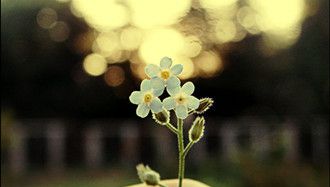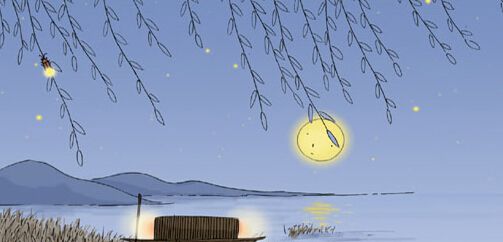制造白光LED的新方法
|
制造白光LED的新方法
日本科学家利用新的萤光剂可以让LED发出接近日光的光谱。 A new LED design employs a handy combination of light and phosphors to produce light whose color spectrum is not so different from that of sunlight. Light emitting diodes (LEDs) convert electricity into light very efficiently, and are increasingly the preferred design for niche applications like traffic and automobile brake lights. To really make an impression in the lighting world, however, a device must be able to produce room light. And to do this one needs a softer, whiter, more color balanced illumination. The advent of blue-light LEDs, used in conjunction with red and green LEDs, helped a lot. But producing LED light efficiently at blue, red, and yellow wavelengths is still relatively expensive, and an alternative approach is to use phosphors to artificially achieve the desired balance, by turning blue into yellow light. Scientists at the National Institute for Materials Science and at the Sharp Corporation, in Japan, have now achieved a highly efficient, tunable white light with an improved yellow-producing phosphor . Their light yield is 55 lumens per watt, about twice as bright as commercially available products operating in the same degree of whiteness. |

 Light from a blue light-emitting diode is converted into yellow light using phosphors. The resulting white light is produced quite efficiently.
Light from a blue light-emitting diode is converted into yellow light using phosphors. The resulting white light is produced quite efficiently.






